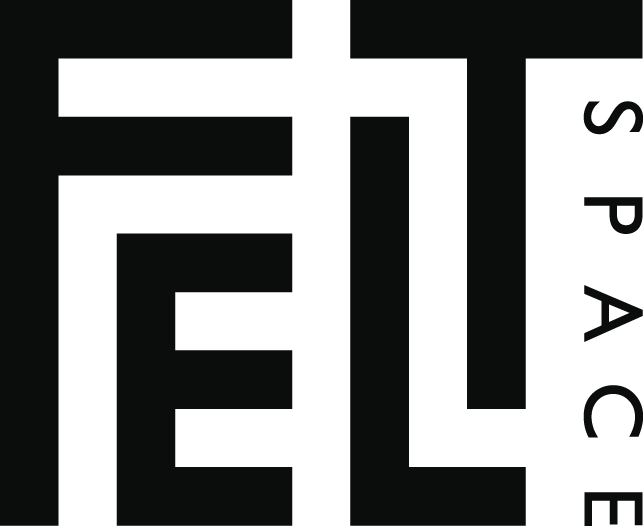S-O-M-A
Freda Drakopoulos
The exhibition Body Work explores how the soma is used in places of labour or implicated by acts of labour. This is considered by focusing on modalities of labour that occur on and within our bodies. Kate Bohunnis, Maya-Victoria Pask alias Queenie Bon Bon, Henry Wolff, and Stephanie Doddridge are among the artists taking part. The works chosen for this exhibition rethink and challenge depictions of labouring bodies.
How can the labour undertaken organically across our own bodily bounds, be present, at a time when our bodies are subjected to so many social restrictions?
In Greek the word or term ‘soma’ refers to the body, the human body. Soma is a term that can transfer and transform. I have taken the term soma as it takes precedent in this exhibition, this is done through the synchronicity present in the themes of labour, implication, acts of, and how the body is inferred in these themes throughout the exhibition. The synchronicity present is ever evolving throughout transcendence with, and how soma is referred to in each artist's work.
Synchronicity.
Synchronicity.
Synchronicity.
Synchronicity.
Synchronicity.
Synchronicity.
Synchronicity.
Synchronicity.
Synchronicity.
Synchronicity.
Synchronicity.
Synchronicity.
Synchronicity.
Is when a combination of events or things seem to be related but it is not clear what the obvious connection is. Though, there is a series of simultaneous connections, it is hard for even anything or anyone related to the event/things to pinpoint the connection. Thus, there is a higher and sometimes dark force at play.
Body Work operates through this type of synchronicity. Whether it is through the psychological, industrial, political, personal, physical, or a combination of all. The higher power at force in this exhibition contains the works and at the same time allows for each to hold its own agency; an autonomy through its own synchronicity.
The soma is a carrier of this sense of synchronicity. Through the mental and the physical, through the implications of industries that hold labour and power over the body, the soma holds itself and brings all things that seem to be related to it to the surface in Body Work.
Maya-Victoria Pask's work focuses on the soma’s position as a labour agent. Maya is a sex worker, a writer, and a performance artist. Themes of care and activism are explored in their work. Maya advocates for the abolition of "intersecting violences that targets and criminalises the most marginalised members of our community" through their work and social action.
Guests were encouraged to wear one of Queenie Bon Bon's t-shirts to the exhibition opening as part of a participant performance/standing in solidarity to demand the decriminalisation of sex work in South Australia.
The intrinsic labour associated in working in industries and materials that are still founded on old gender stereotypes is central to Kate Bohunnis' latex work. The project considers the labour involved in working in these settings and within these defined bounds. The work within the exhibition conceptualises the soma as a locus of labour. Latex, which refers to the skin and clothing worn on the body, as well as the work's actual presence, speaks about material agency.
Henry Wolff encourages people in their workshops through close dialogues and gestural practice. Henry's work investigates the relationship between soma, labour, and purpose. Examining whether we sacrifice our bodies in the pursuit of a higher and greater understanding of the soma.
Stephanie Doddridge's sculptural works explore the relationship between mind, skin, and material cloth in response to the concept of embodied psychological labour. Stephanie investigates the physical and psychical effects on her experience of embodiment by considering the soma as a place of abjection.
Sss mmM
Oohh Aaa
When we think about the human body, some may consider their own human body or others. Some may consider how a human body exists in space and place. When the human body is used to navigate space and the world it lives in, it requires a deepened understanding of itself, before it can even understand its own surroundings.
This understanding is rarely reached in one's lifetime. A negotiation is placed as a boundary between the body that one inhabits and the external bodies of the other/s. At times, this boundary can also be present in an individual's body, separated away from any external influence of/or any/body/ies.
AN Internal Dialogue Of The S-O-M-A
I don’t know how to hold you, if I can’t hold myself.
I don’t know how to hold myself, if I can’t hold you.
I don’t understand how my body is supposed to exist.
I don’t understand how I am supposed to exist in my body.
Sometimes when everything begins to feel heavy, I don’t know how to support you.
Sometimes when I support you, everything begins to feel heavy.
When I have to sacrifice my body, sometimes, I like it.
Sometimes I like it, when I sacrifice my body.
When I have to sacrifice my body, it hurts me.
Sometimes it hurts me, when I sacrifice my body.
I feel certain urges in my body and I don’t understand how they’re supposed to sit.
I think it is…
Testing the edges of the body.
Pushing the body to its limits.
Making the body experience vulnerability.
Objectifying the body.
Allowing for the body to understand its fragility.
Abject.
Lick, lick, lick, lick.
Ick. Ick. Ick. Ick.
Rub rub rub.
Lack, lack, lack.
Ack. Ack. Ack.
I was floating in a body of water.
I was in the water and my body was in the body of water.
It became one as I floated in it.
Through it.
Within it.
Around it.
With it.
Along it.
For it.
It.
Aah!
Aaah
Aaah
Aaah!
S O
M A
S O
M A
S O M A
S O
M A
S O
M A
S O
M A
